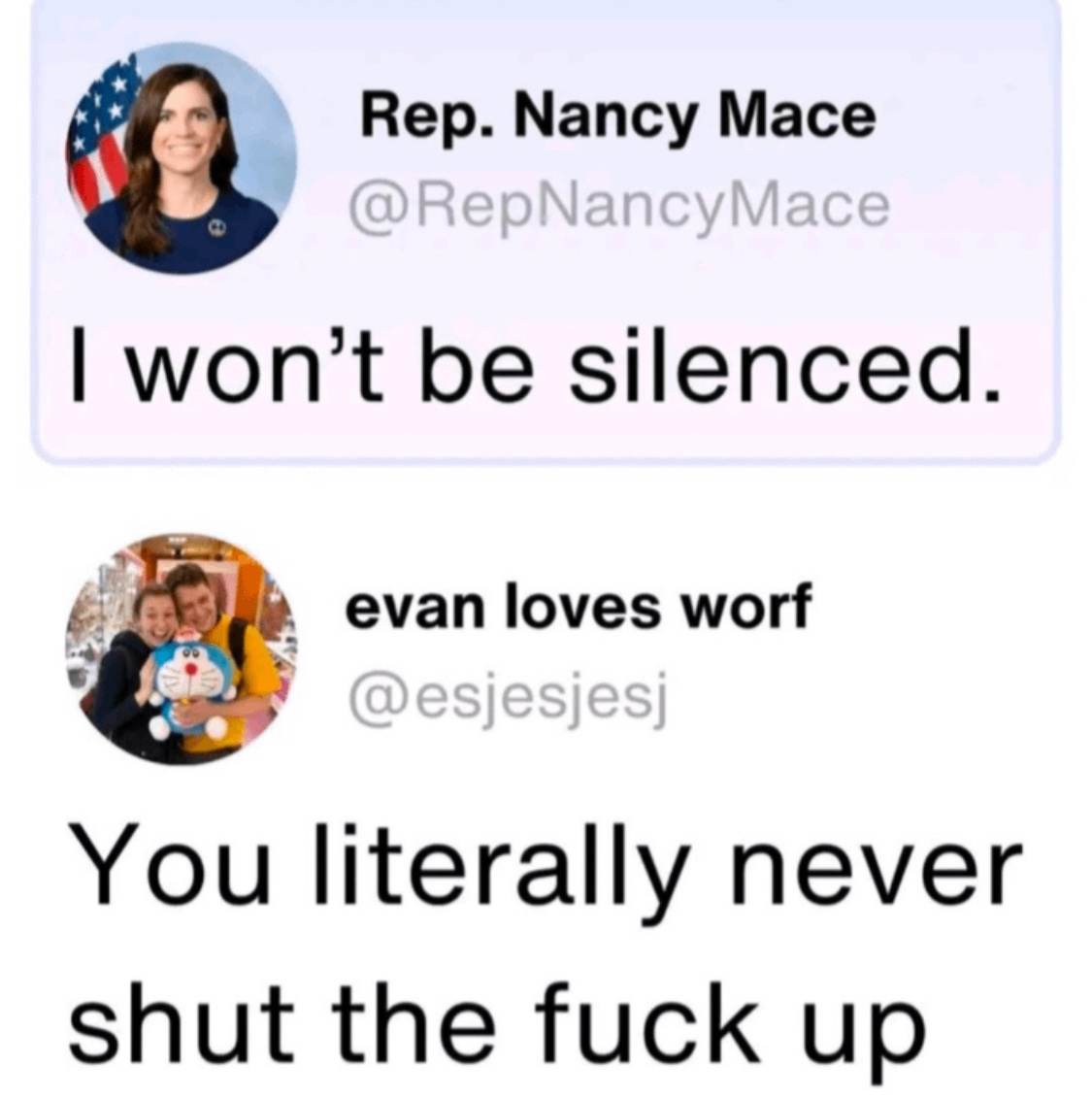Senator Chris Murphy asks us to post this statement to the public. Report from the Senate Floor: "Last night in the Senate, something really important happened. Republicans forced us to debate their billionaire bailout budget framework. We started voting at 6 PM because they knew doing it in the dark of night would minimize media coverage. And they do not want the American people to see how blatant their handover of our government to the billionaire class is.
So I want to explain what happened last night and what we did to fight back. The apex of Republicans' plan to turn over our government to their wealthy cronies is a giant tax cut for billionaires and corporations. And they plan to pay for it with cuts to programs that working people rely on. Popular and necessary programs like Medicaid, Medicare, and SNAP, are all being targeted. In order to pass the tax cut, Republicans have to go through a series of procedural steps. Last night, they took the first step which requires them to pass an outline of their plan, but with it, any senator can offer as many amendments as we want. So my Democratic colleagues and I did just that.
Now, we knew that Republicans would largely unanimously oppose them, but we had two objectives here. One, Republicans were forced to put their opinion on record — many for the first time — on the most corrupt parts of Trump and Musk's agenda. Two, as I've been saying, I am going to make every process and procedure as slow and painful as possible for as long as my colleagues choose to ignore the constitutional crisis happening before our eyes.
So what did we propose? We proposed no tax cuts for anyone who makes a billion dollars a year. We made them vote on whether or not Elon Musk and DOGE should have limitless access to Americans' personal data. We made them vote on whether to protect IVF and require insurers to cover it. Every single amendment Democrats proposed was shot down. On almost every single amendment, Republicans universally opposed it. Every Republican voted against our proposal to prevent more tax cuts for billionaires. The corruption and theft is happening in the open here.
The whole game for Republicans is taking your money and giving it to the wealthiest corporations and billionaires — even if it means kicking your parents out of a nursing home or turning off Medicaid for the poorest children. They know what they are doing is deeply unpopular. They are offering a tax cut to the most wealthy that is 850 times larger than what they are offering working people. Oh and by the way, any tax cuts for working people are going to be washed out by higher costs for basic necessities, like health care and food. It's a fundamental injustice.
Thanks to your pressure and support, many of my Democratic colleagues have joined my effort to do everything we can to make sure they cannot destroy democracy and steal your money in the dark of the night. We are being loud about what is happening. I'm going to continue to grind the gears of Congress down as much as possible to make it that much harder and slower to get away with this corruption. That's why the votes lasted until nearly 5 AM.
This is a five-alarm fire. I don't think we have two years to plan and fight back. I think we have months. It's still in our power to stop the destruction of our democracy with mass mobilization and effective opposition from elected officials. So we can't miss any opportunity to take advantage of opportunities to put Republicans on the record and shine a light on what is happening.
And you have a role to play in this as well. I need you to amplify what's happening, support the leaders who are fighting for you to make sure they can continue speaking truth to power against Musk and Trump's billionaire cronies, and show up at rallies and town halls. Use every tool at your disposal to send a message loud and clear about how you expect my colleagues to lead and fight in this moment.
Every best wish,
US Senator Chris Murphy




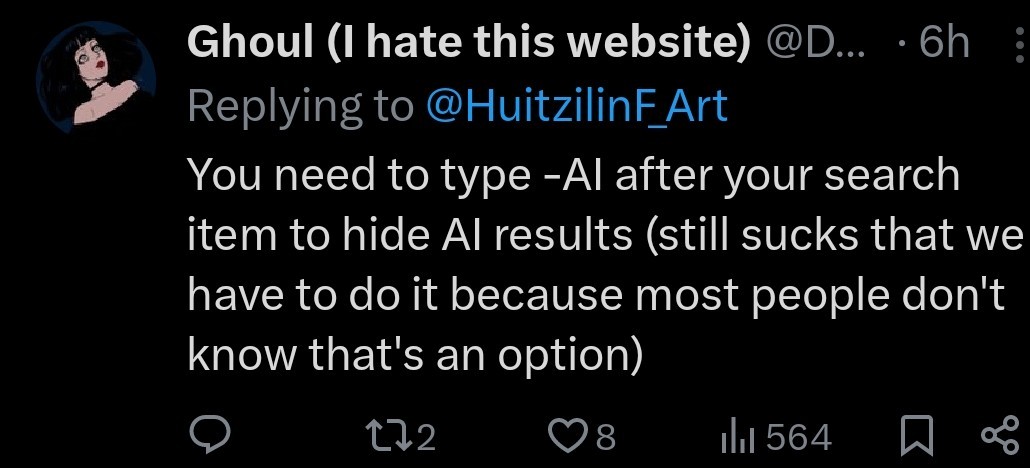




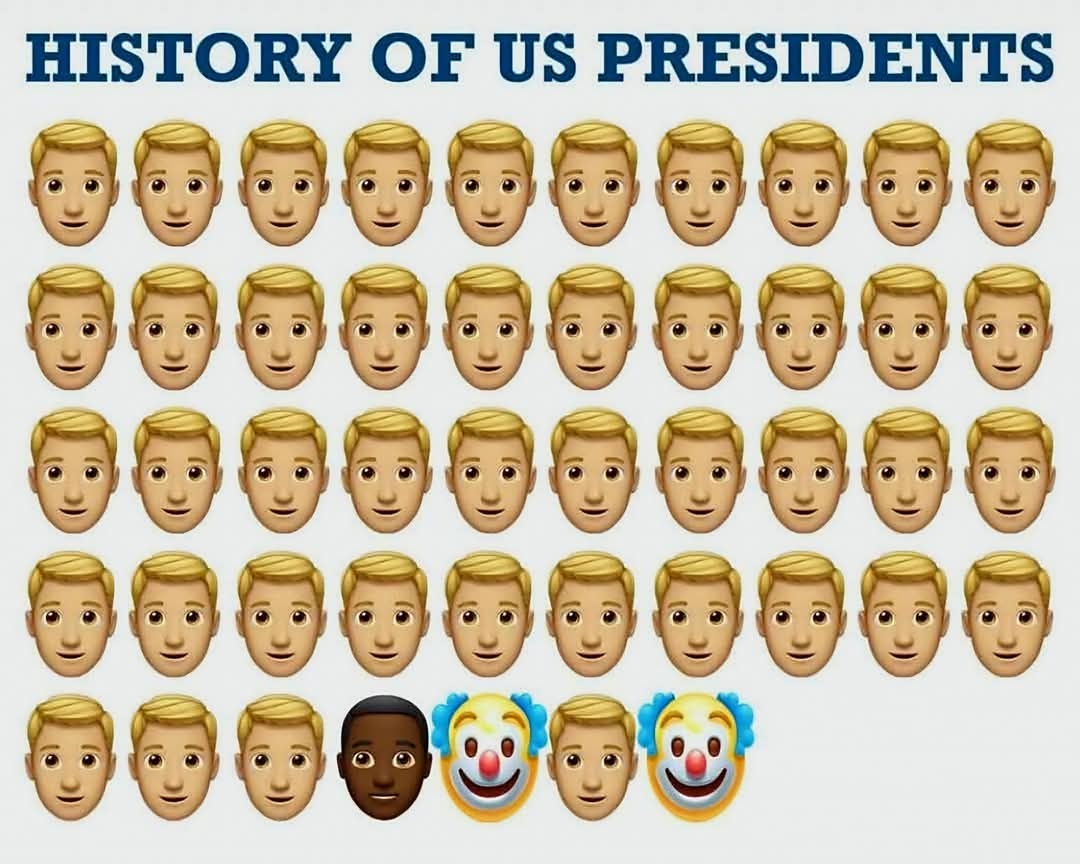

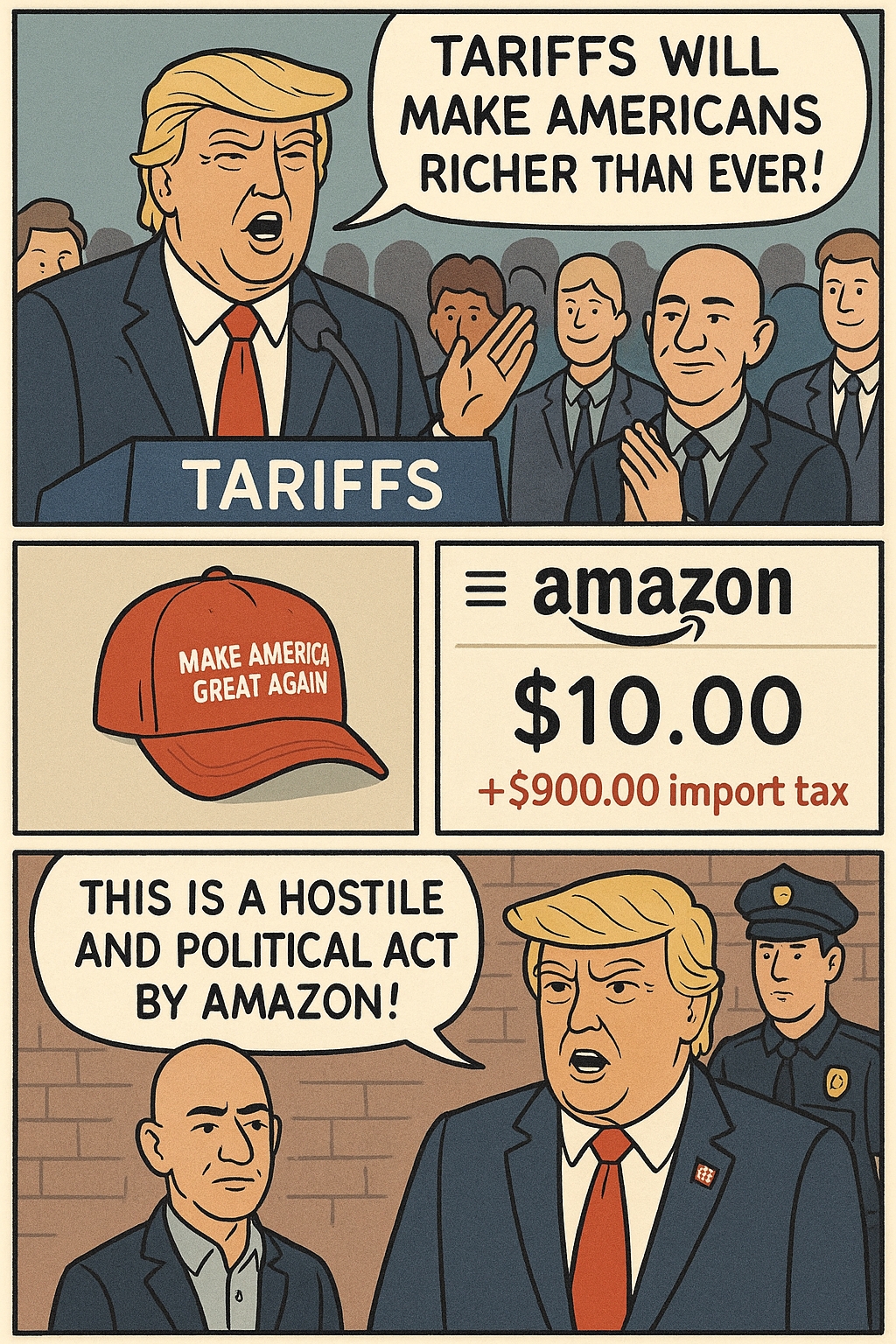

























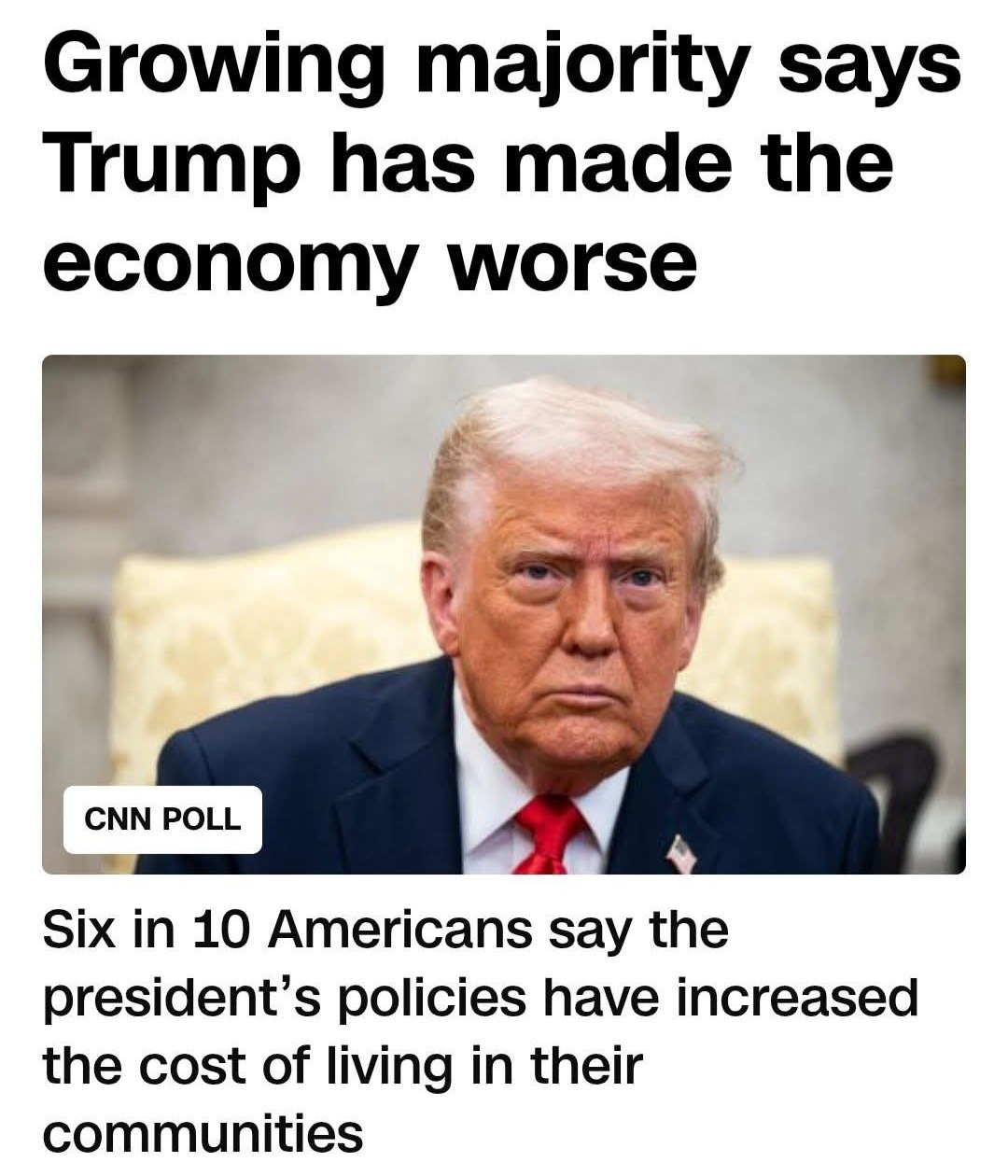
















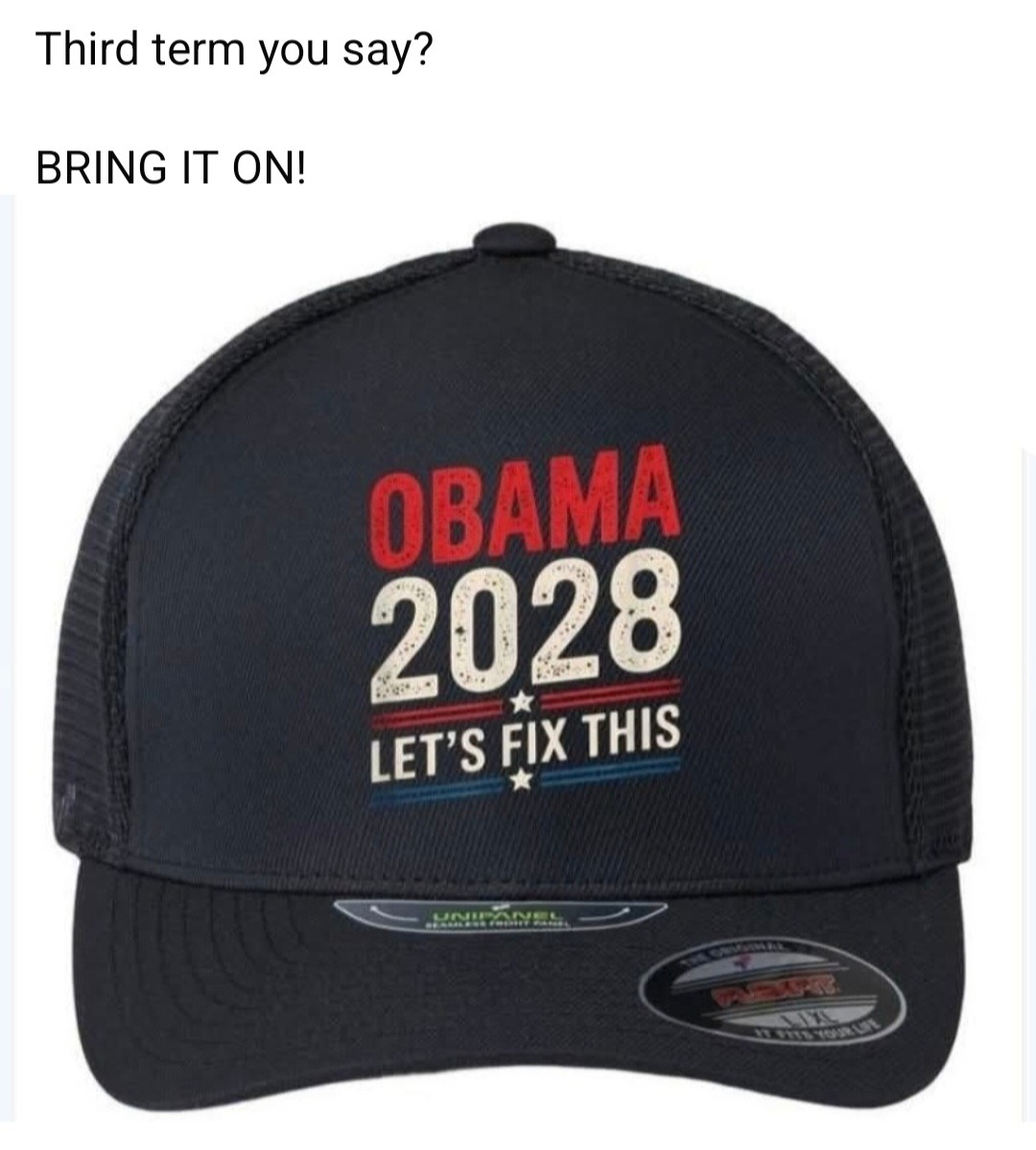



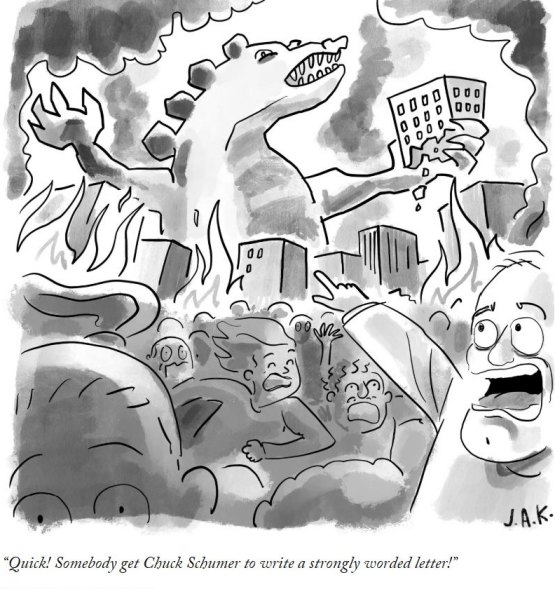
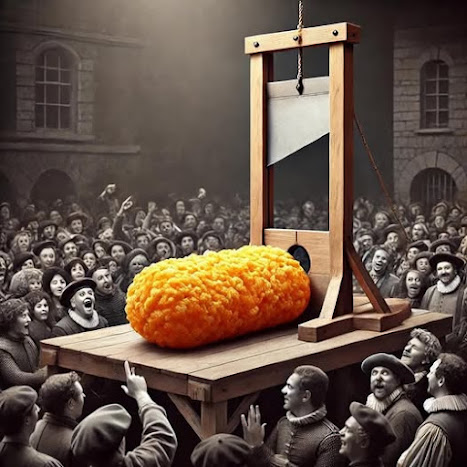



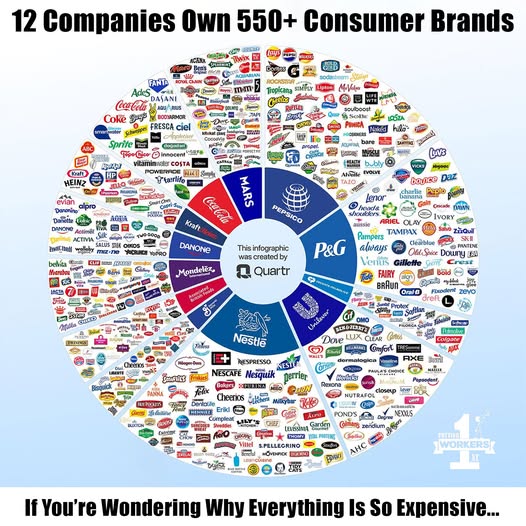
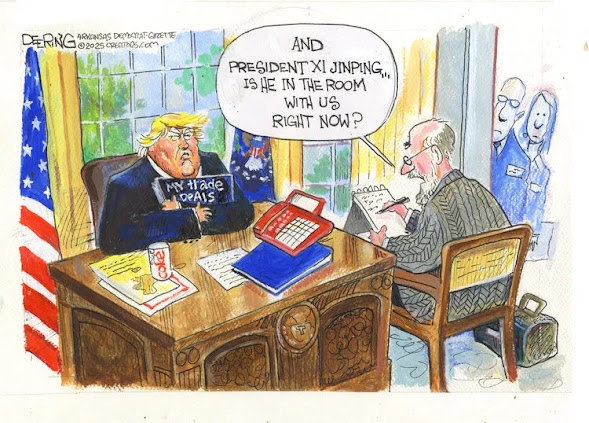


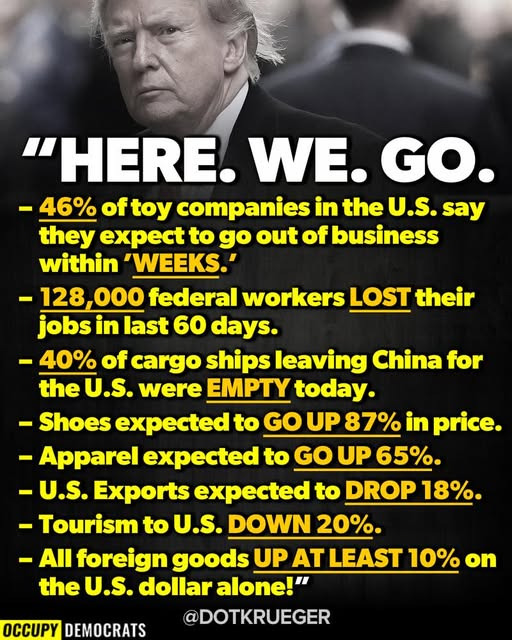



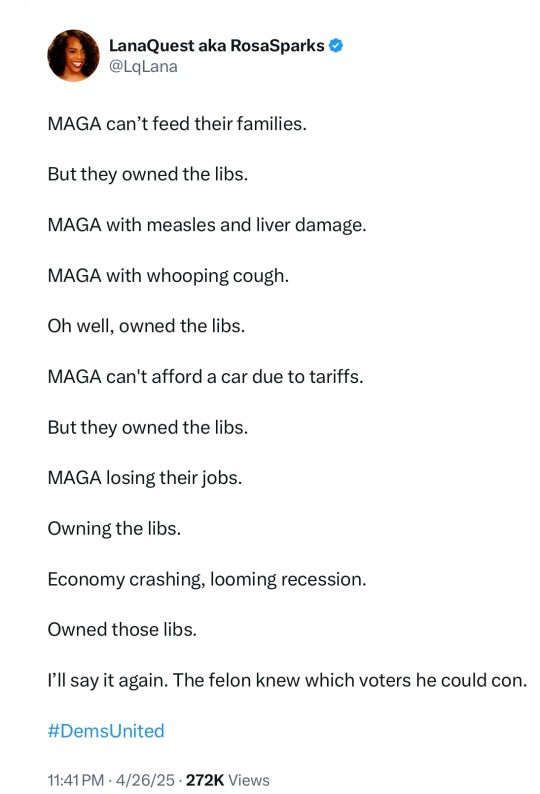
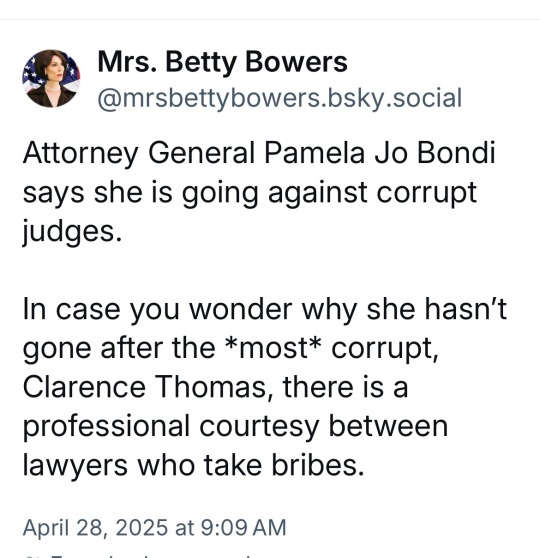

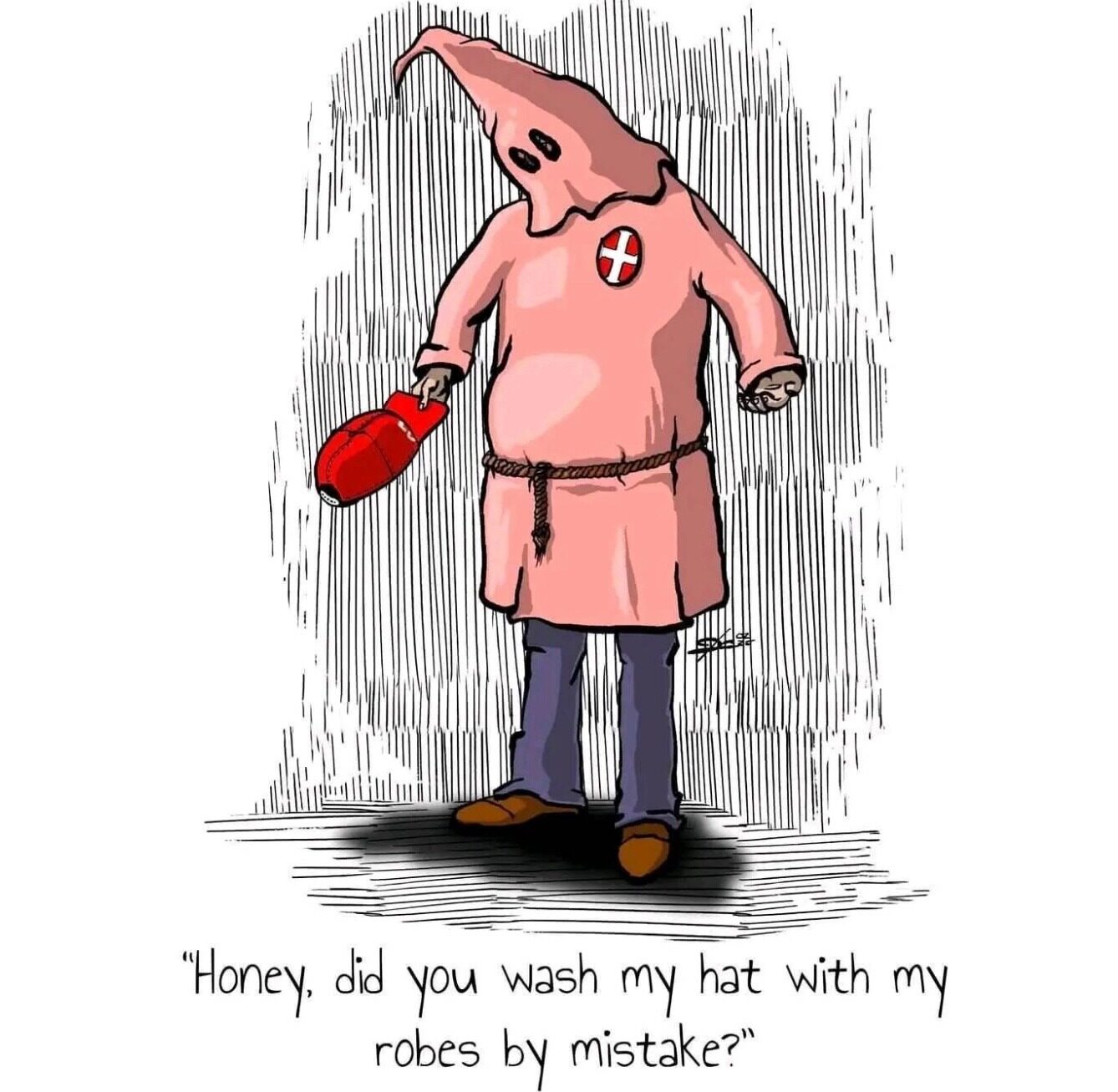



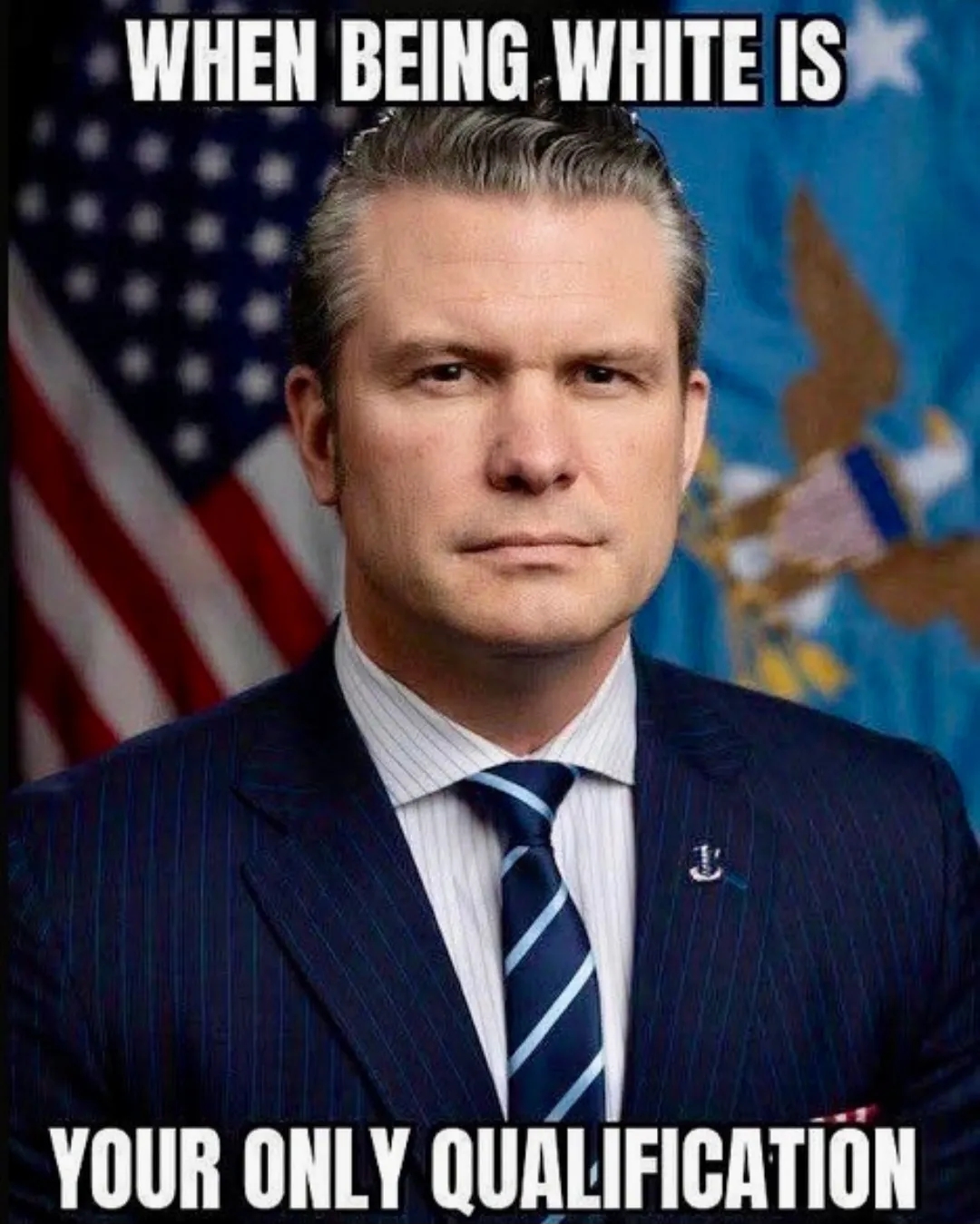


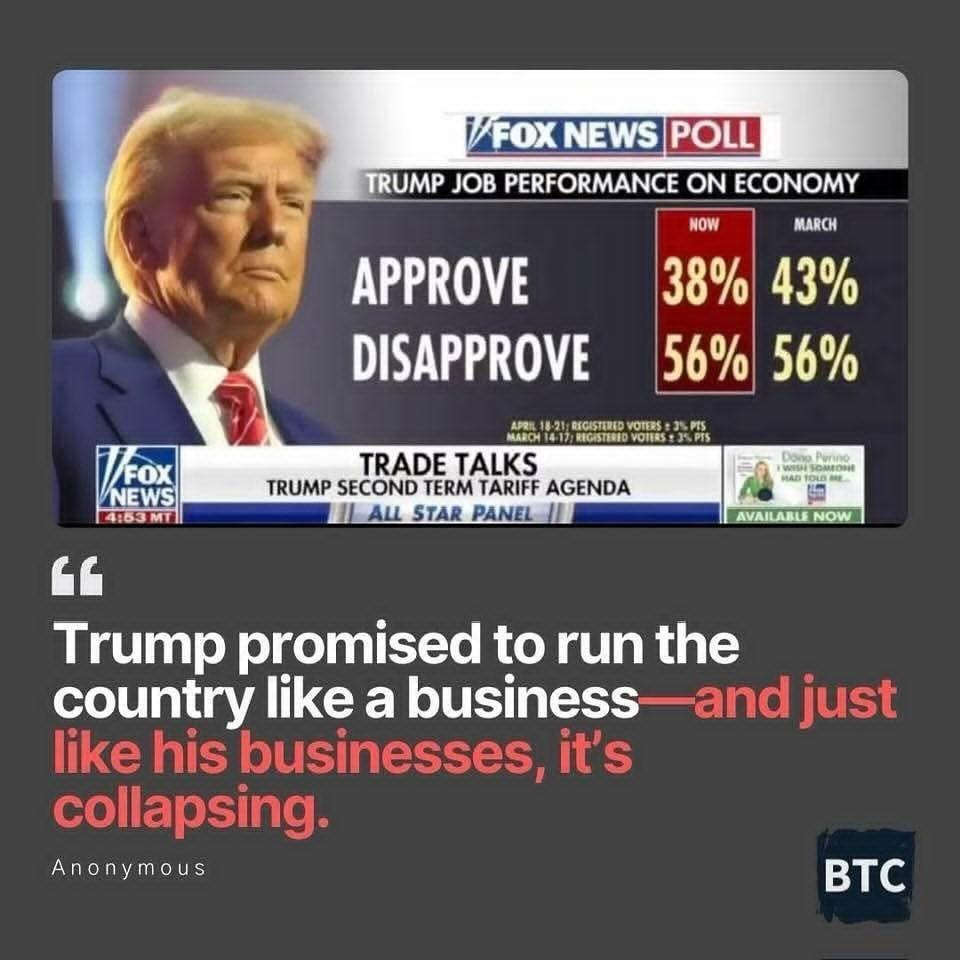
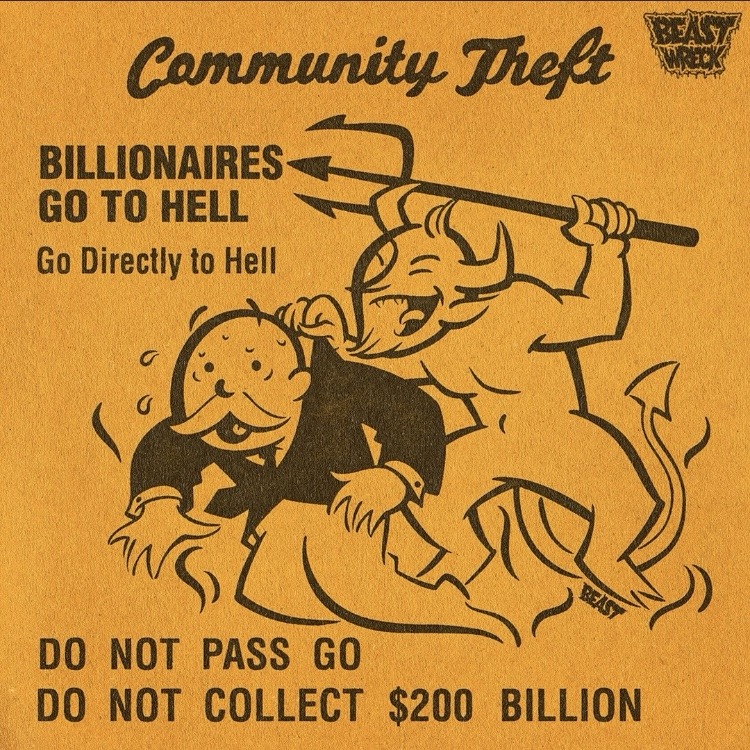








 I keep thinking of Donald Trump seething with jealousy over the rapturous reception Zelensky received at Pope Francis's funeral, the one Donald did not get, and I smile." ~ Mrs. Betty Bowers
I keep thinking of Donald Trump seething with jealousy over the rapturous reception Zelensky received at Pope Francis's funeral, the one Donald did not get, and I smile." ~ Mrs. Betty Bowers




































